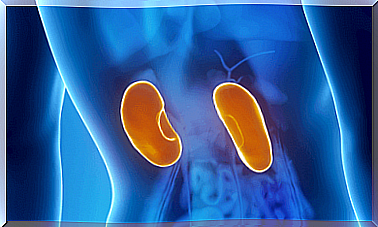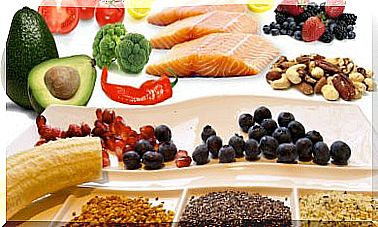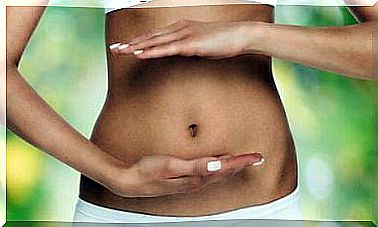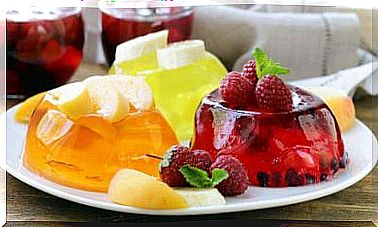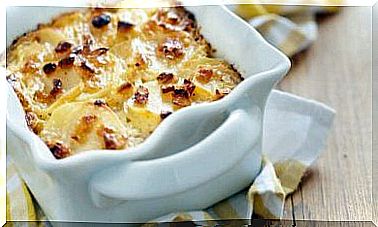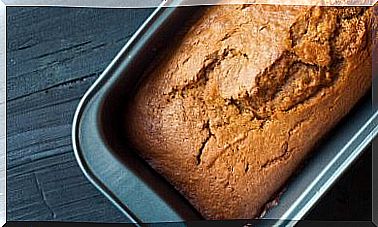Low Calorie Fruits
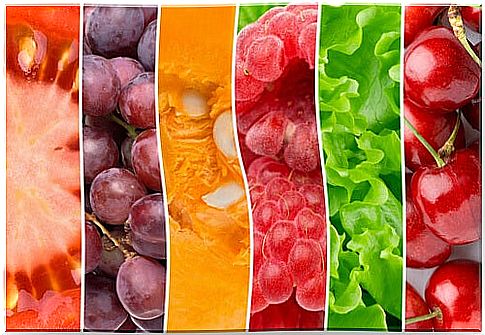
Once you know what the low-calorie fruits are, you can eat these worry-free as part of a varied diet. If you follow a low-calorie diet to lose weight and the fruits included in your diet, for example, at noon or as much as you want at dinner, be very careful. There are some fruits whose eating does not lose weight as effectively as other fruits. Read this article to see which fruits are the lowest in calories .
Most weight loss diets (or the most effective and healthiest) allow you to eat a large amount of fruit a day. It is important to know which fruits are ideal for achieving your goal. What are they? The answer is based on the number of calories from the fruit. Below you will see a table showing the most low calorie fruits and the nutritional value of the fruits. The table allows you to choose the fruits that best suit your diet.
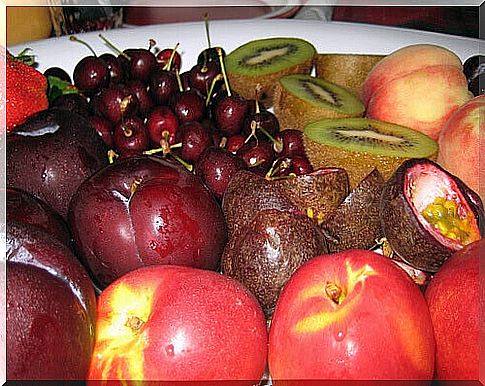
In addition to low calorie, fruit has other benefits. They contain fiber, antioxidants, minerals and vitamins. You should eat three to five servings of fruit a day divided into breakfast, lunch, dinner and snacks.
In general, the most low-calorie fruits help you lose weight effectively because they have only a few calories relative to their amount or weight. They give you a full-bodied feeling (especially when you eat fruit with peel). They are body cleansers thanks to the fibers that help get rid of harmful substances in your body. They improve the bowel and prevent constipation.
Fruits act like antioxidants, that is, they reduce the formation of free radicals, improve cell metabolism, and facilitate fat breakdown (or lipolysis).
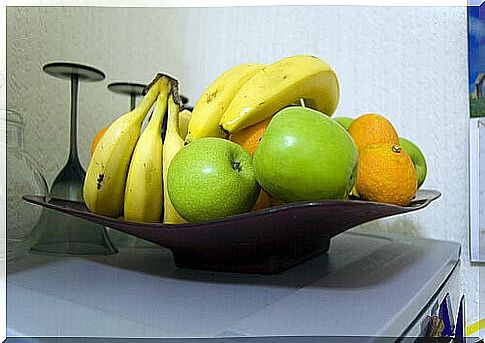
Keeping in mind the characteristics of each fruit makes it easier to choose one or more to eat each day. While they are all useful, it is also true that they all have different features.
A diet rich in fruits and vegetables will help you lose weight healthily without feeling weak or tired or weak.
Some say it is better to eat fruit outside of meals. If you eat them for dessert, you will “lose” some of their nutrients and vitamins during the digestion of your meals. They go in your stomach and make the process slower. Because of this, many people do not think it is good to eat fruit for dessert. In that case, we recommend eating fruit outside of meals, such as in the morning or afternoon at least 2-3 hours before or after lunch or dinner.
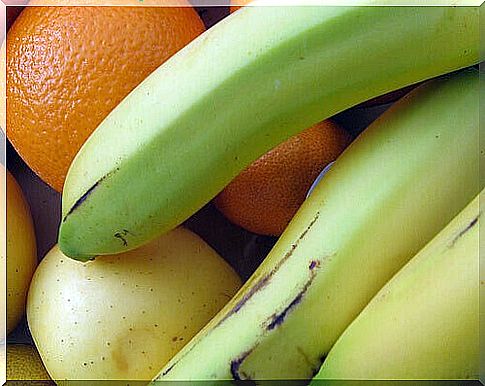
On the other hand, it is good to know that the fruit contains a substance called fructose, which the body converts into glucose (in other words, energy). This glucose needs to be eaten so that it is not stored as fat in the body. It is said that the best time to eat fruit is during the morning because it is the “best time” metabolically. In this case, your digestion burns the accumulated glucose and also satisfies your appetite for several hours.
The best fruits for weight loss or the lowest calorie fruits are pears, apples, kiwis and mandarins. These are also associated with other good nutrients such as proteins, fats and carbohydrates. The good thing is that you can get your hands on them at any time of the year.
Keep this list where you can find out which fruits you can eat more and which fruits less, or count the calories you eat daily. The value is approximately 100 grams per fruit.
- Watermelon: 15 kcal
- Grapefruit: 26 kcal
- Strawberries: 27 kcal
- Medlar: 28 kcal
- Raspberries: 30 kcal
- Peach: 30 kcal
- Melons: 30 kcal
- Blackberry: 35 kcal
- Plum: 36 kcal
- Red currant: 37 kcal
- Pear: 38 kcal
- Cranberry: 41 kcal
- Mandarin: 41 kcal
- Apples: 45 kcal
- fig: 47 kcal
- Cherry: 48 kcal
- Apricot: 52 kcal
- Orange: 53 kcal
- Pineapple: 55 kcal
- Kiwi: 56 kcal
- Grape: 61 kcal
- Pomegranate: 62 kcal
- Mango: 73 kcal
- Banana: 85 kcal
- Avocado: 232 kcal

If you follow a high-protein diet, dried fruit is the best option. The difference is that they are high in calories. The good thing, on the other hand, is that their ability to satisfy your appetite is much better. Here is a list of the number of kilocalories in the dried fruit group (the amount is the same as in the past for fresh fruit, ie 100 grams per fruit):
- Dried plums: 177 kcal
- Dried date: 256 kcal
- Dried fig: 270 kcal
- Raisin: 301 kcal
- Chestnut: 349 kcal
- Peanut: 452 kcal
- Almond: 499 kcal
- Pine nuts: 568 kcal
- Pistachio: 600 kcal
- Hazelnut: 625 kcal
- Walnut: 670 kcal
You may think that the number of calories is too high for such a small amount of food, but keep in mind that their fatty acids and nutrients are a healthier and more recommended option than a higher amount of some other food. For example, 100 grams of cream or cream cheese has more than 300 kilocalories, meat slices more than 400 kilocalories, cold cuts have no less than 300 kilocalories, and legumes have about 350 kilocalories.
The vegetables that are the least fattening are lettuce, cucumber, radish and pumpkin.
Photos: Sean McEntee, Kim Lowton, Clare Bell, Mario Diogo, Victor, Championship catering, Bogoni and Steve Parker.
